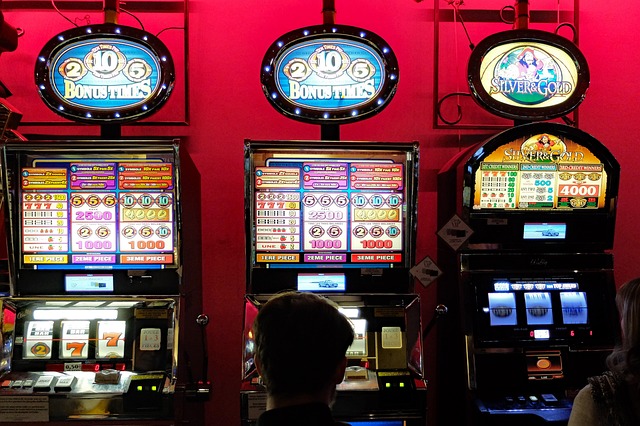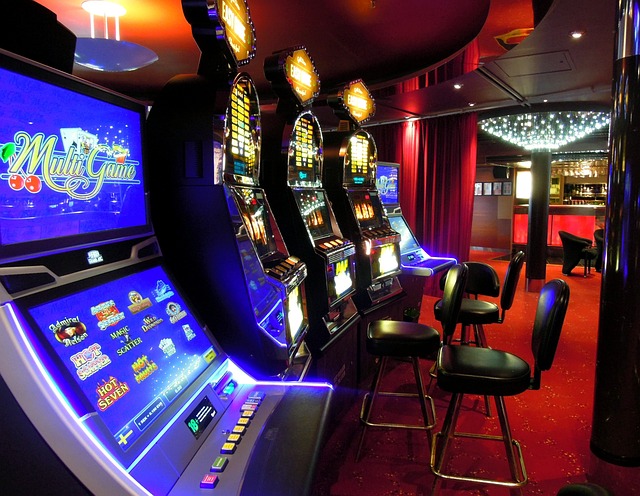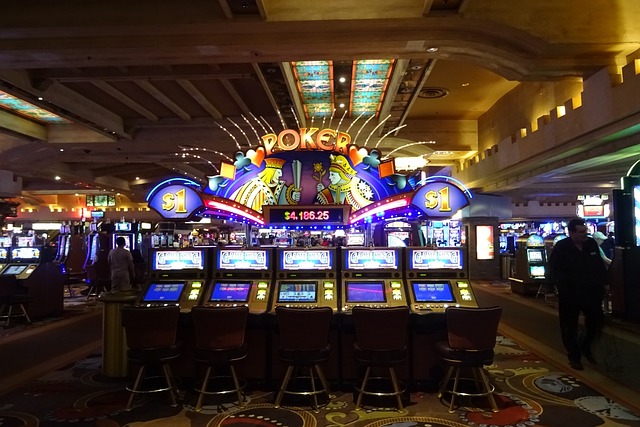Slot machines are more than just games of chance — they’re carefully engineered experiences designed to captivate players and keep them engaged. Every sound, light, and animation in a slot machine has a psychological purpose. From how the reels spin to how wins are celebrated, slot machine design draws heavily from behavioral psychology and neuroscience to create a sense of excitement and anticipation. Understanding these mechanisms reveals how casinos craft such immersive and addictive experiences.
The Role of Reward Systems
At the heart of slot machine design lies the concept of variable ratio reinforcement, a psychological principle rooted in operant conditioning. This system rewards players at unpredictable intervals — sometimes after one spin, sometimes after many — creating powerful motivation to continue playing. The uncertainty of when the next win will come triggers the brain’s reward center, releasing dopamine, a neurotransmitter associated with pleasure and anticipation.
This mechanism is the same one that underpins behaviors like checking social media or playing video games. The brain learns that “something good might happen,” and the unpredictability itself becomes addictive. Even small wins, known as “near misses,” can generate a surge of excitement nearly identical to that of a real win, reinforcing continued play.
Visual and Auditory Triggers

Slot machines are designed to be visually and audibly stimulating. The bright, flashing lights and vibrant colors aren’t random; they’re chosen to catch the player’s eye and sustain attention. Similarly, celebratory sounds — like coins clinking, bells ringing, or upbeat jingles — activate positive emotional responses, making players feel rewarded even for minor or insignificant wins.
Interestingly, studies show that these sensory cues can distort perception. A player might feel they’re winning more often than they really are because each “mini celebration” is treated as a success. This phenomenon, known as the “illusion of control,” strengthens engagement by convincing players that their participation influences outcomes that are, in reality, entirely random.
Near Misses and the “Almost Win” Effect
One of the most effective psychological tools in slot design is the near miss — when symbols align almost perfectly for a big win, missing by just one reel. Though technically a loss, it feels emotionally close to winning, prompting players to try again. Neuroscience research has shown that near misses activate the same reward pathways in the brain as actual wins, keeping players motivated and invested.
Game developers deliberately program near-miss frequencies to maximize engagement without violating fairness regulations. The player’s brain interprets these moments as signs of “getting closer,” even though each spin is independent of the last. This subtle psychological manipulation keeps the experience dynamic and emotionally charged.
The Power of Personalization and Immersion
Modern digital slots take psychological design even further through personalization and theming. Players can choose from games based on movies, myths, or fantasy worlds, which create emotional connections and enhance immersion. By combining familiar narratives with random rewards, these games blur the line between storytelling and gambling, making the experience feel more like entertainment than risk.
Interactive elements like bonus rounds or skill-based mini-games also add layers of engagement. Even though these elements rarely affect the long-term odds, they give players a sense of agency and achievement. In psychological terms, this taps into intrinsic motivation — the pleasure of participation itself — reinforcing continued play.
Sound Design and Emotional Regulation

Sound is another crucial component of slot machine psychology. Winning sounds are bright, fast-paced, and melodic, triggering excitement and joy. In contrast, losing spins are often silent or muted, subtly downplaying disappointment. This selective sound design skews perception by amplifying positive experiences and minimizing negative ones.
Furthermore, background music is often composed to keep players in a relaxed but focused state. The tempo may adjust depending on gameplay — speeding up during bonus rounds and slowing down between spins — to maintain emotional balance and engagement. This careful orchestration keeps the player “in the zone,” sustaining longer sessions without conscious effort.
The Ethics of Slot Machine Psychology
While these design strategies are effective, they raise ethical concerns about responsible gambling. Critics argue that such psychological engineering can exploit cognitive biases and emotional vulnerabilities, leading to addictive behaviors. In response, many jurisdictions now require transparency in payout rates and promote responsible gaming features like time or spending limits.
However, as slot machines evolve with digital and mobile technology, their psychological appeal becomes even more sophisticated. Understanding how these mechanisms work empowers players to make informed choices — and reminds them that, behind every flashing light and spin, the true goal of the design is to keep them playing.
